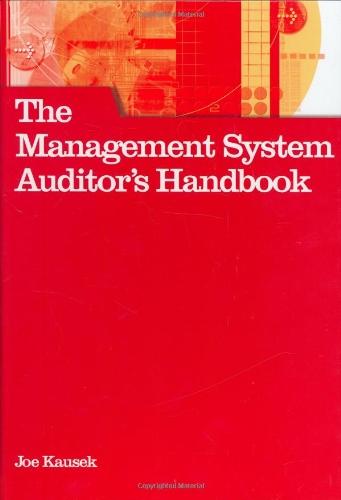Question
Povero Construction is a large company listed on the New York Stock Exchange that specializes in the construction, marketing, and financing of detached homes and
Povero Construction is a large company listed on the New York Stock Exchange that specializes in the construction, marketing, and financing of detached homes and condominium units throughout the South and Midwest. Its regional marketing and finance executives were concerned about fifty undeveloped parcels in a condominium development near Orlando, Florida. One hundred units were completed in 2005 and early 2006. Prices ranged from $290,000 to $350,000, depending on location within the development, number of bedrooms, and optional upgrades selected by customers. The first units sold quickly, but by the end of the year, agents noticed that the inventory of unsold units had started to climb alarmingly and that some of the first units sold were now back on the market. Povero executives decided to suspend construction of additional units until they sold most of the excess inventory and the market started to recover. Five years later the market was still soft; the undeveloped parcels, some with slab foundations in place, had become unsightly patches of sand, concrete, and weeds. Poveros agreement with the local planning authorities called for the completion of all units by the end of 2011; otherwise, the company would have to default on a $2,000,000 performance bond. At this point, the company just wanted to avoid the default and recover its original investment. Executives decided to construct and sell fifty new units at a base price of $261,000 and ran a full page ad in the Orlando Sentinel. Within days, a group of original buyers threatened to sue Povero because the lower prices of the new units made it impossible for them to recover their investment and therefore put them in a negative equity position. Povero decided that, win or lose, a lawsuit would be a public relations disaster and chose instead to pursue other options to move the properties. One possibility the company explored was to maintain the original price, but offer subsidized low-interest loans that would keep mortgage payments affordable for their typical customers.
Questions
Povero believes that interest rates are a major factor in the real estate market. What are the implications of rising, falling, and steady interest rates for future real estate prices?
If the risk-free interest rate is 3.86% and the inflation rate is 2.2%, what is the real rate of interest? Compute the rate with and without the Fisher effect.
Interest on a conventional thirty-year fixed-rate mortgage at the time of the case was 4.75%. At that rate, what is the monthly payment on a $290,000 mortgage? What is the monthly payment on a $261,000 mortgage?
At what interest rate would the monthly payments on a pseudo-$290,000 mortgage be the same as the monthly payments on the $261,000 loan at 4.75%? Hint: Use the monthly payment rate for the $261,000 loan at 4.75%, and then compute the rate if Povero used these same payments to pay off a loan of $290,000 over thirty years.
What is the EAR equivalent to an APR of 3.86% compounded monthly? Could Povero offer an even lower APR to customers who agreed to make two payments per month?
Would it make much difference to either the buyer or the seller whether the price of the same unit was $261,000 financed at 4.75% or $290,000 financed at 3.86%?
Do you think Povero could use subsidized interest rates to make its condominium units more marketable while avoiding a dispute with owners of the previously sold units?
Step by Step Solution
There are 3 Steps involved in it
Step: 1

Get Instant Access to Expert-Tailored Solutions
See step-by-step solutions with expert insights and AI powered tools for academic success
Step: 2

Step: 3

Ace Your Homework with AI
Get the answers you need in no time with our AI-driven, step-by-step assistance
Get Started


